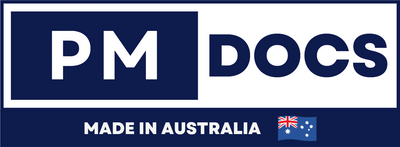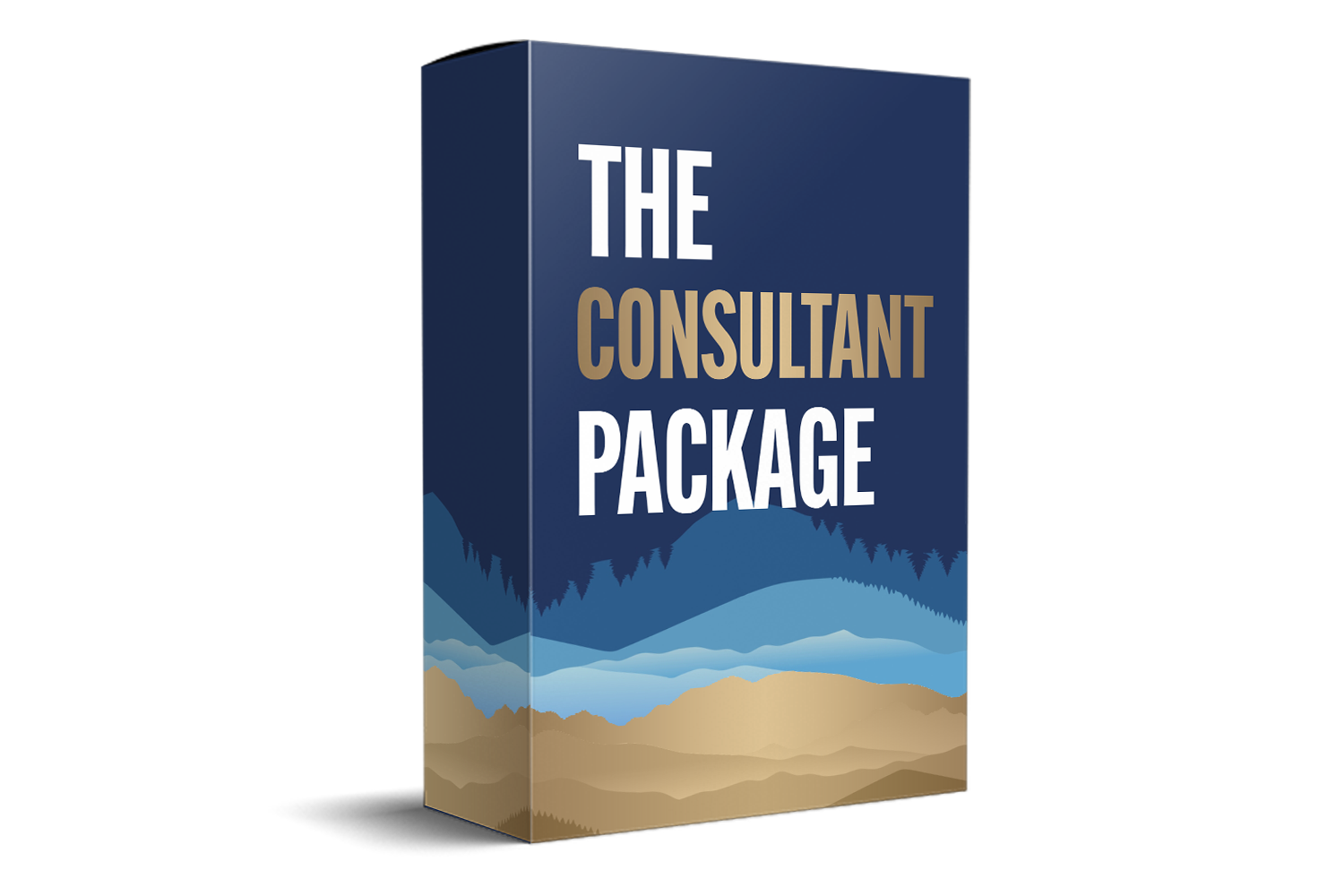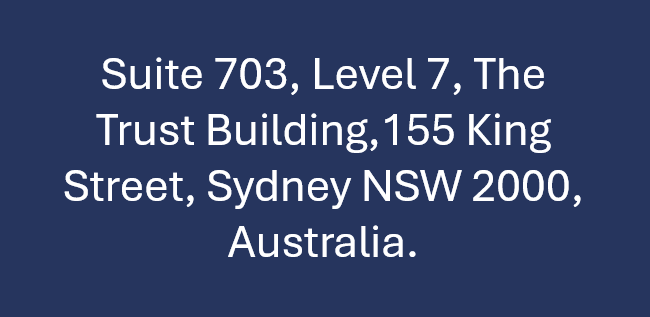ISO 14001 Certification in Australia: A Beginners Guide
ISO 14001 Certification In Australia: A Beginner's Guide To Building A Sustainable Business
In today's world, a company's environmental responsibility is no longer just a nice-to-have—it's a critical component of its license to operate. Australian consumers, investors, and regulators are increasingly demanding that businesses demonstrate a genuine commitment to sustainability. But where do you start? How do you transform good intentions into a structured, credible, and effective environmental management system?

The answer for thousands of Australian businesses, from mining giants in Western Australia to boutique wineries in the Barossa Valley, is ISO 14001 certification.
If you're new to the concept, this guide will walk you through everything you need to know about ISO 14001 in the Australian context: what it is, why it matters, the steps to get certified, and how to choose the right partner for the journey.
What Exactly Is ISO 14001?
Let's start with the basics. ISO 14001 is the international standard that sets out the criteria for an Environmental Management System (EMS). It’s designed to help organizations of any size or sector improve their environmental performance through more efficient use of resources and reduction of waste.
Think of it as a framework—a blueprint for how to manage your environmental responsibilities in a systematic and ongoing way. It’s not a prescriptive list of rules telling you to "reduce X by Y%." Instead, it provides a structure (the Plan-Do-Check-Act cycle) that helps you identify what's important to your business and its environmental impact, set your own objectives, and then systematically work towards them.
The core philosophy is one of continuous improvement. It’s about getting better over time, not being perfect from day one.
Why Should An Australian Business Bother With Certification?
Pursuing ISO 14001 certification is a significant investment of time and resources. So, what’s the return? The benefits are substantial and multi-faceted:
-
Enhanced Credibility and Reputation: The ISO 14001 certificate is a globally recognised symbol of environmental responsibility. It shows your customers, community, and stakeholders that your commitment is verified by an independent, third-party auditor.
-
Compliance with Legislation: Australia has a complex web of federal, state, and local environmental laws. An ISO 14001 system ensures you have processes to identify, understand, and manage your legal obligations, significantly reducing the risk of non-compliance and costly fines.
-
Cost Savings: This is often the most immediate and tangible benefit. By systematically managing resource use (energy, water, raw materials) and waste, companies consistently uncover significant opportunities to reduce operational costs.
-
Winning New Business: Many large corporations and government tenders now require their suppliers to be ISO 14001 certified. It opens doors to new contracts and supply chains that would otherwise be closed.
-
Improved Risk Management: The standard forces you to identify potential environmental risks (e.g., chemical spills, pollution events) and put controls in place to prevent them. This protects the environment, your staff, and your business from catastrophic incidents.
- Engaged Workforce: Employees are increasingly proud to work for companies that take sustainability seriously. Implementing an EMS can boost morale and engage your team in a common, positive goal.

The Key Components Of An ISO 14001 EMS
An EMS built to the ISO 14001 standard revolves around several key principles:
-
Context of the Organisation: Understanding your business's unique internal and external environmental factors.
-
Leadership: Top management must be actively involved and champion the system.
-
Planning: Identifying environmental aspects (how your activities interact with the environment), compliance obligations, and risks and opportunities.
-
Support: Providing the necessary resources, competence, and awareness for your team.
-
Operation: Planning and controlling processes, and preparing for emergency situations.
-
Performance Evaluation: Monitoring, measuring, and analysing your environmental performance through audits and management reviews.
- Improvement: Taking action to improve your EMS and correct any non-conformities.
The Path To ISO 14001 Certification In Australia: A Step-by-Step Guide
The journey to certification typically follows these stages:
1. Gap Analysis: This is the crucial first step. An experienced consultant will review your current practices against the requirements of ISO 14001 to identify what you’re already doing well and where the gaps are.
2. Commitment and Planning: Secure buy-in from top management. Define the scope of your EMS (will it cover your entire organisation or a specific site?) and develop a project plan with realistic timelines and allocated resources.
3. Develop the System: This is the "Plan" phase. Your team will: * Identify your environmental aspects and impacts. * Determine your legal and other requirements. * Set environmental objectives and targets. * Develop the necessary procedures and documentation.
4. Implement the System (Do): Roll out the system across your organisation. This involves training employees, communicating new procedures, and beginning to operate according to the new processes you’ve established.
5. Check and Monitor: Measure your performance against your objectives. Conduct internal audits to ensure the system is working effectively and that everyone is following the procedures. Hold a management review meeting to assess the system's performance.
6. Certification Audit (By a JAS-ANZ Accredited Body): This is a two-stage process conducted by an independent, third-party certification body (like SAI Global, BSI, or LRQA). * Stage 1 Audit: The auditors review your documentation to ensure it meets the standard's requirements. * Stage 2 Audit: The auditors visit your site to verify that your actual practices conform to both your documented system and the ISO 14001 standard.
7. Certification and Beyond: If you pass the Stage 2 audit, you receive your ISO 14001 certificate, which is valid for three years. Auditors will conduct annual surveillance audits to ensure you maintain the system, followed by a re-certification audit at the three-year mark.
Choosing A Certification Body In Australia
It is critical to select a certification body that is accredited by JAS-ANZ (Joint Accreditation System of Australia and New Zealand). JAS-ANZ ensures the certifier is competent and impartial. Always check for the JAS-ANZ logo.
Table: Comparing Key Elements of the ISO 14001 Journey
| Phase | Key Activities | Key Outcome |
|---|---|---|
| Preparation | Gap Analysis, Management Buy-in, Project Planning | A clear understanding of the journey ahead and a committed project team. |
| Development | Aspect/Impact Analysis, Legal Register, Objective Setting, Documentation | A fully documented Environmental Management System ready for implementation. |
| Implementation | Staff Training, Operational Controls, Communication, Emergency Preparedness | An active, living EMS that is part of daily operations. |
| Internal Review | Internal Audit, Management Review, Performance Monitoring | Evidence that the system is working and opportunities for improvement are identified. |
| Certification | Stage 1 & 2 Audits by JAS-ANZ Accredited Body | The coveted ISO 14001:2015 certificate and formal recognition of your efforts. |
| Maintenance | Surveillance Audits, Continuous Improvement, System Updates | Ongoing certification and a culture of perpetual environmental improvement. |
How Long Does It Take And What Does It Cost?
This is the most common question, and the answer is: it depends. Factors influencing time and cost include:
- The size and complexity of your organisation.
- The number of locations.
- The nature of your environmental impacts.
- Your existing management systems.
- Whether you use external consultants.
A small business might achieve certification in 6-8 months, while a larger, more complex organisation may take 12-18 months. Costs can range from roughly $15,000 to $60,000+, including consultancy, implementation resources, and certification body fees. It's best to get quotes tailored to your specific operation.
Conclusion
If you are an Australian business looking to future-proof your operations, build resilience, and demonstrate a authentic commitment to the environment, then the answer is almost certainly yes. The journey requires dedication, but the destination—a more efficient, reputable, and sustainable business—is well worth the effort.
Start by talking to a few JAS-ANZ accredited certification bodies and reputable consultants. They can provide you with specific advice and a roadmap tailored to your business, setting you on the path to a greener, more successful future.



